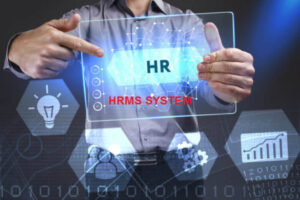
How to Choose the Best HR Tech for Your Business
If it’s time to choose HR tech for your business or update, do you know which exercises to do that will help you make the best choices for your needs? We do.

If it’s time to choose HR tech for your business or update, do you know which exercises to do that will help you make the best choices for your needs? We do.

The HR software an organization uses should not just be beneficial for the employer but should have added features so that employees can also benefit
The TalentCulture #TChat Show is back live on Wednesday, October 14th, 2015, from 1-2 pm ET (10-11 am PT). Last week we talked about why sourcing
It’s amazing sometimes that we actually ever progress beyond wishful thinking and myths perpetuated by us. I’ve been in the HR technology space for almost
A new reality is upon us. According to new KeyInterval Research, HR departments are looking more like a purchasing departments and becoming quite skilled at managing
The challenges and opportunities for HR and Leadership teams have never been greater. Potential hires have more job screening tools and work choices than ever
The TalentCulture #TChat Show is back live on Wednesday, March 25, 2015, from 7-8 pm ET (4-5 pm PT). The #TChat radio portion runs the first